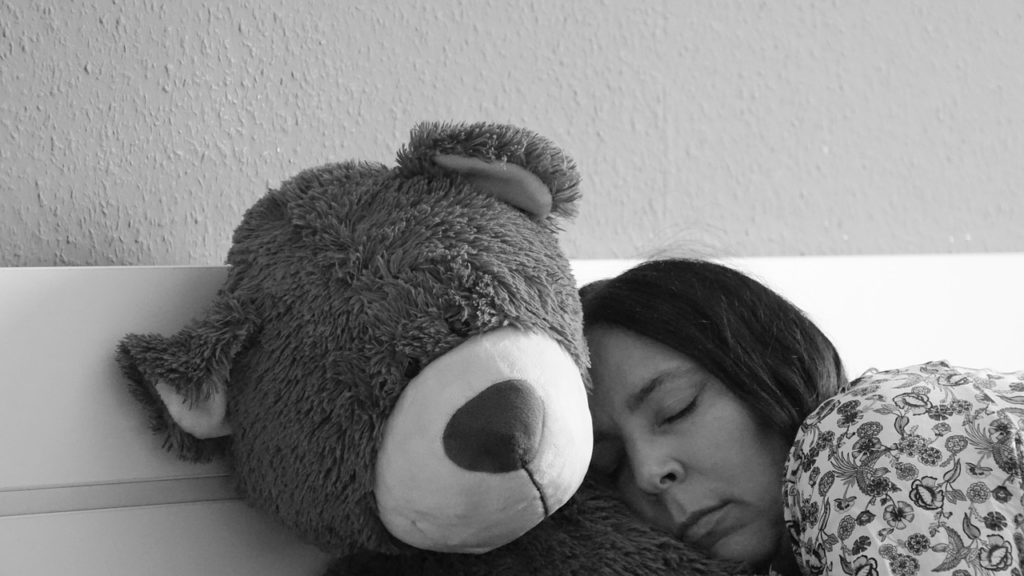
Learn Self-Awareness Through Deep Relaxation
There are times when students can find themselves feeling quite stressed and this can have quite a negative impact on their learning. The process of self-reflection can be very effective in helping students to deal with this stress. Deep relaxation can be used to make it easier for the students to reflect on what it is that is worrying them. Deep relaxation is something that you can carry out with your students, regardless of how old they are. It only takes about ten minutes for a complete session and so it is easy to work it into the timetable. A good example of how to carry out deep relaxation with young children can be found below.
- Explain to the children that they are going to learn how to relax their minds and bodies so that they can feel peaceful and ready to learn. They should lie down on their backs and make sure that they are not touching anyone else. You might want to use a bell or chime to signal to the children that the relaxation session is about to begin.
- Ask the children to close their eyes and bring a half smile to their face. Tell them that they are going to be focusing on their breathing and that this is going to make them feel much more relaxed.
- Some children find it easier to concentrate on their breathing if they have one hand on their chest and the other on their tummy. You can tell them to do this if they feel it helps. Explain to them that it is normal for them to feel their chest rising and falling as they breathe in and out.
- Ask them to take deep breaths and count to themselves as they breathe in and out.Tell them that they are going to take a deep breath in and out five times. Ask them to concentrate on each breath and imagine that their bodies are sinking into the ground.
- If they are feeling more relaxed by now, then they can start to imagine that they are floating on a big fluffy cloud. Tell them to imagine that they are completely weightless and that they have absolutely nothing to worry about apart from concentrating on their breathing.
- While they are breathing they can think about all the things in their life that they are grateful for. This could be their family, or a skill that they have that brings them enjoyment. They should remain aware of their breathing during this whole process as this will have a very calming effect.
- When the session is over you may choose to sound the bell or chime again so that the children know they can open their eyes again. Tell them that they can continue lying down until they are ready to slowly sit up again.
- There are reflection worksheets that the children can fill in once the exercise is over which will help them reflect on what they have been thinking about and how they are feeling after carrying out the awareness exercise.
